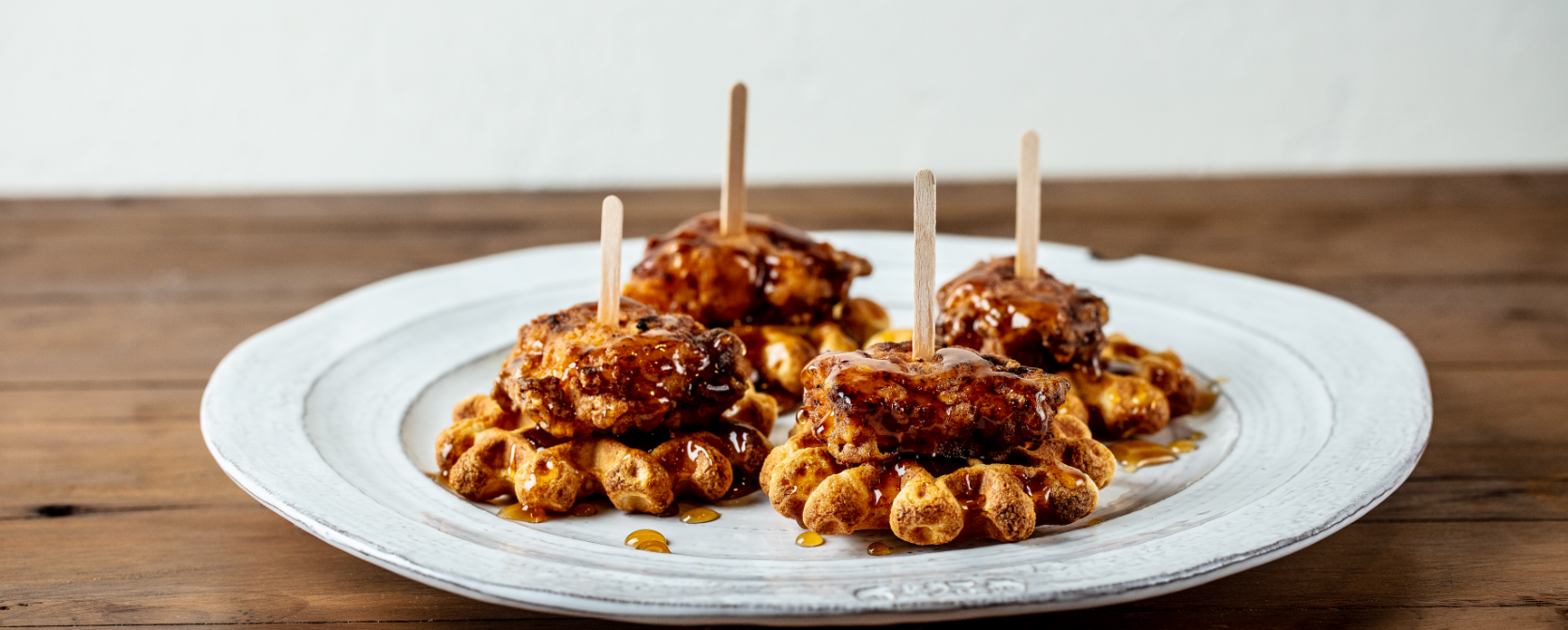Your favorite recipes don’t need gluten to be great
Skipping gluten doesn’t mean sacrificing any of the foods that you love. There are literally thousands of gluten-free products out there from a variety of brands, meaning that if it can be made with traditional ingredients, it can be made just as well with gluten-free ones…as long as you know what to use and how to use it.
So shop around, discover which products you prefer, and keep a list of the ones that work best for you. Mastering gluten-free cooking and baking takes time, but you will be happy to know that every Florida Crystals® product is gluten-free and that our chefs are here to help:
Flours—Get The Flavor & Texture You Crave
As one of the main ingredients in baked goods, flour is a critical replacement to make when switching to a gluten-free lifestyle. Today, there are almond flours, chickpea flours, rice flours, potato flours and countless others. To find your favorite, consider making the same recipe with a few different types of flours.
Something like a simple cookie or cake can help you determine whether a particular gluten-free flour suits your palate in terms of taste and texture. Gluten- free proprietary baking flours are often a blend of the aforementioned flour types (almond, rice, potato, etc.), and each of these flours can weigh in differently. So, for best results, use overall weight (instead of volume) to determine the amount of baking flour to use, keeping in mind that a typical cup of all-purpose flour weighs 125 grams. If you look on the packaging of whichever gluten-free baking flour you choose, it will tell you the proper conversion to substituting a certain amount of that proprietary blend for a cup of all-purpose flour. Follow that, and trust your kitchen scale, and you’ll be in good shape.
Labels—How Careful Reading Can Reveal Hidden Gluten
Gluten can hide in unexpected places, so if you’re dedicated to cooking completely gluten-free it’s best to examine each recipe closely and shop in advance. Substituting regular flour for gluten-free all-purpose flour may be the obvious way to make our delicious Chocolate Cupcakes with Raspberry Buttercream gluten-free, but if you accidentally grab cocoa mix instead of cocoa powder for the recipe, it might still include gluten. Likewise, some baking powders or extracts (vanilla, almond, etc.) can contain gluten. And while oats are often used in baking and don’t contain gluten themselves, if they’re processed in a facility that also handles wheat then cross-contamination can make them hidden sources of gluten as well. It’s best to always check packages carefully to ensure the products you use are truly free of gluten.
Mastering Moisture—A Simple Secret You Need To Know
Typically, gluten-free batters and doughs will need more moisture in the mix than their gluten-filled counterparts. This is an easy adjustment to make. As the episode of Brodi’s Kitchen shows below, you can simply add a tablespoon of whole milk and ½ teaspoon of white vinegar per cup of gluten-free flour to your baking recipe, and you’ll get the moist, delicious cookies, brownies and cakes you crave.


